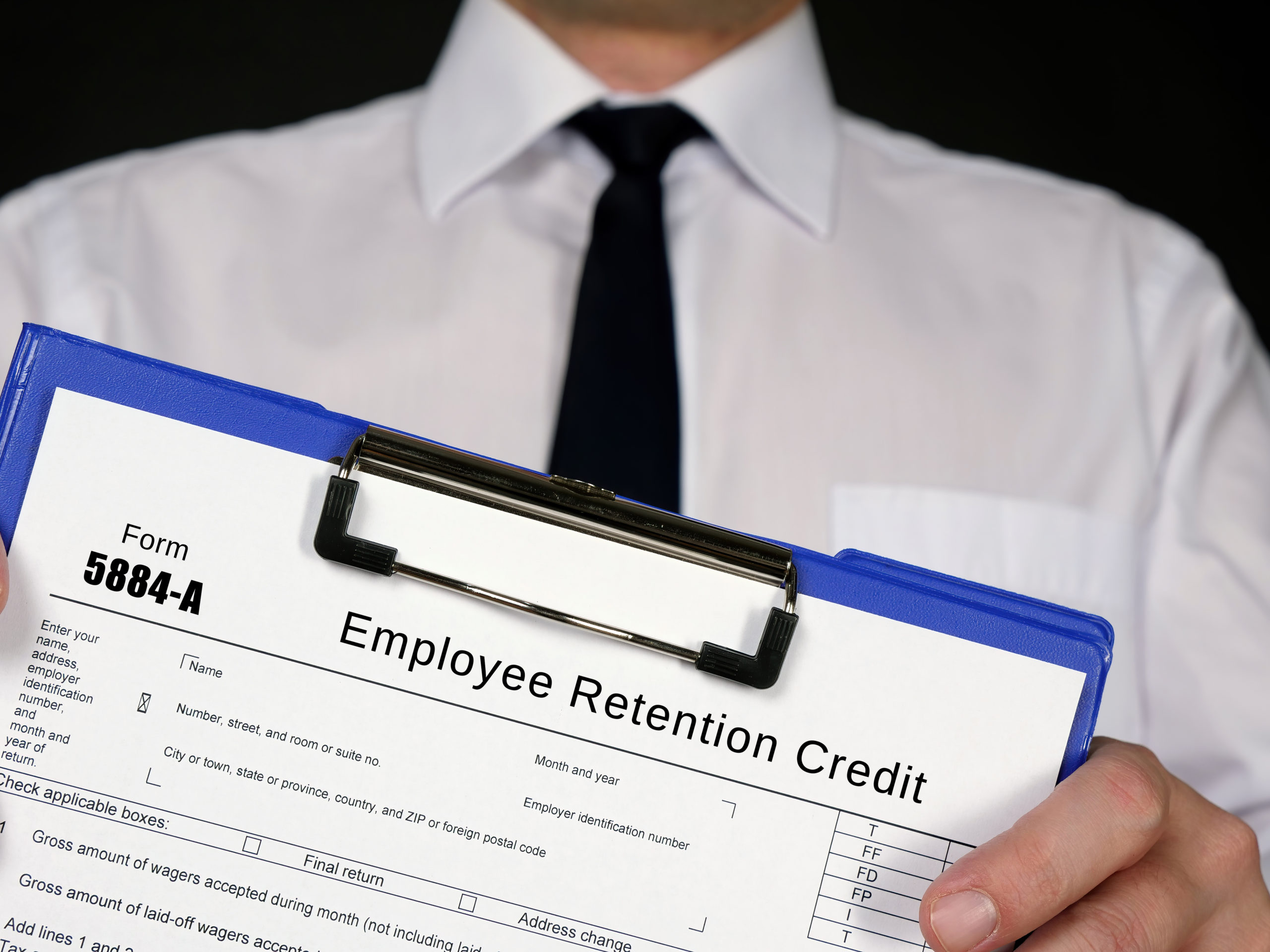The Employee Retention Tax Credit is a refundable tax credit originally enacted under the CARES Act (the Coronavirus Aid, Relief and Economic Security Act), and subsequently amended in the waning days of 2020. The credit can be applied by qualifying employers against the employer’s share of Social Security payments due with respect to certain employee wages. There are separate rules for large employers and small employers (those with fewer than an average of 500 full-time employees). This advisory only deals with the rules governing small employers.
Eligible Employers. As of January 1, 2021, employers are eligible to claim the credit if they operated a trade or business during the first six months of 2021 and experience either (i) a full or partial suspension of operations of their trade or business during this period because of governmental orders limiting business, travel or group meetings due to COVID-19; or (ii) suffered a decline in gross receipts in a calendar quarter in 2021 where gross receipts are less than 80% of gross receipts in the same quarter in 2019. There are special rules for employers who were not in existence or acquired a new business after 2019.
Amount of the Credit. Except as noted below, the maximum credit per employee for the 3rd and 4th quarters of 2021 is 70% of the first $10,000 of qualified wages ($7,000 per quarter per employee). Qualified wages do not include wages paid to a majority owner’s spouse, children, siblings and certain other designated family members. All wages paid by a “severely financially distressed employer” (an “SFDE”) are considered qualified wages for purposes of calculating the tax credit. An SFDE is defined as an employer with gross receipts for a calendar quarter that are less than 10% of the employer’s gross receipts for the same calendar quarter in 2019.
There are also special rules for “recovery start-up businesses” (an “RSUB”). These rules apply to employers that (i) started carrying on a trade or business after February 15, 2020; (ii) have average annual gross receipts of less than $1 million; and (iii) are not otherwise an eligible employer due to a suspension of operations or a significant decline in gross receipts. A RSUB is entitled to treat all wages paid with respect to a calendar quarter when it qualifies as a RSUB as qualified wages, but the maximum amount of the credit that may be claimed by a RSUB is $50,000 per quarter. SRUB status is determined on a quarterly basis.
If you have questions on this issue or other business matters, please contact PLDO Partner William F. Miller at 508- 420-7159 or email wmiller@pldolaw.com. To download Attorney Miller’s advisory, please click here.
Disclaimer: This blog post is for informational purposes only. This blog is not legal advice and you should not use or rely on it as such. By reading this blog or our website, no attorney-client relationship is created. We do not provide legal advice to anyone except clients of the firm who have formally engaged us in writing to do so. This blog post may be considered attorney advertising in certain jurisdictions. The jurisdictions in which we practice license lawyers in the general practice of law, but do not license or certify any lawyer as an expert or specialist in any field of practice.


